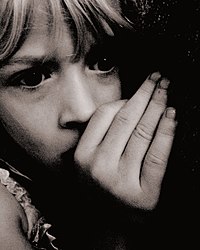
5-Hydroxytryptamine 2A receptors of the dorsal raphe nucleus modulate panic-like behaviours and mediate fear-induced antinociception elicited by neuronal activation in the central nucleus of the inferior colliculus
Sign Up to like & getrecommendations! Published in 2019 at "Behavioural Brain Research"
DOI: 10.1016/j.bbr.2017.07.016
Abstract: &NA; It has been established that chemical stimulation of the inferior colliculus (IC) of laboratory animals evokes fear‐related defensive responses, which are considered panic attack‐like behaviours. In addition, there is evidence that defensive reactions provoked… read more here.
Keywords: fear induced; central nucleus; like behaviours; inferior colliculus ... See more keywords

Involvement of Spinal Cannabinoid CB2 Receptors in Exercise-Induced Antinociception
Sign Up to like & getrecommendations! Published in 2019 at "Neuroscience"
DOI: 10.1016/j.neuroscience.2019.08.041
Abstract: Muscle pain affects approximately 11-24% of the global population. Several studies have shown that exercise is a non-pharmacological therapy to pain control. It has been suggested that the endocannabinoid system is involved in this antinociceptive… read more here.
Keywords: cb2 receptors; exercise induced; cannabinoid cb2; spinal cannabinoid ... See more keywords

Potentiation of Morphine-Induced Antinociception by Propranolol: The Involvement of Dopamine and GABA Systems
Sign Up to like & getrecommendations! Published in 2017 at "Frontiers in Pharmacology"
DOI: 10.3389/fphar.2017.00794
Abstract: Tolerance to the analgesic effect of morphine is a major clinical problem which can be managed by co-administration of another drug. This study investigated the ability of propranolol to potentiate the antinociceptive action of morphine… read more here.
Keywords: morphine induced; morphine; effect; propranolol ... See more keywords